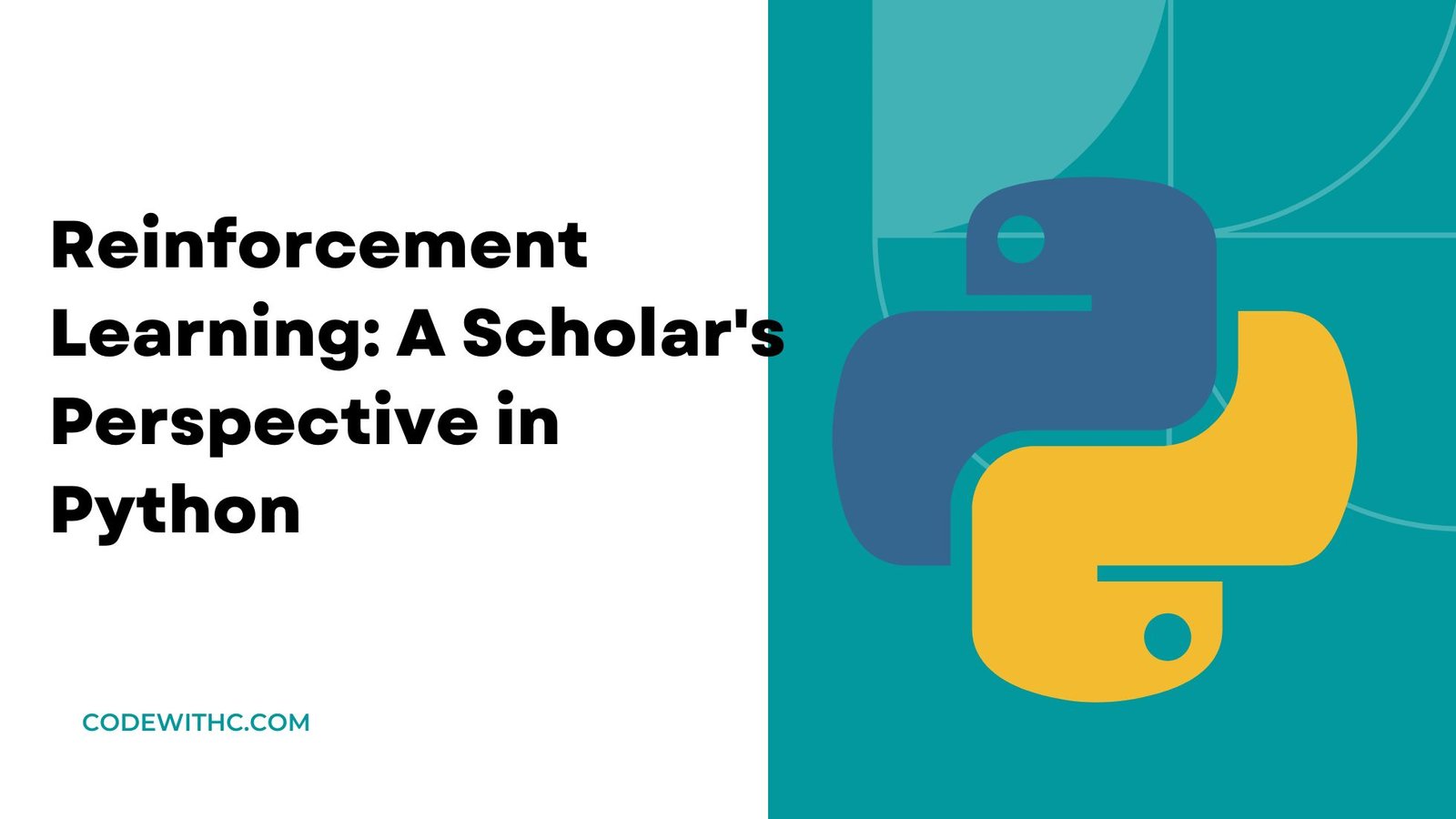Introduction: The Enigma of Learning from Interaction
In the sprawling domain of machine learning, where theories and applications burgeon like a labyrinthine garden, one particular area has held my intellectual curiosity captive for years — Reinforcement Learning (RL). This field, a marvel of computational theory, stands apart in its approach to learning. Unlike the well-trodden paths of supervised and unsupervised learning, which learn from past data, RL opens up a new paradigm. It’s a realm where agents — be they lines of code or robotic entities — learn much like we humans do: by interacting with their environment, making choices, facing consequences, and adapting their strategies to achieve certain objectives.
The allure of RL is not merely in its deviation from traditional machine learning paradigms, but also in its philosophical underpinnings. It echoes the complexities of decision-making and goal-seeking behavior that living organisms exhibit, capturing the essence of learning through trial and error, success and failure. It’s as if RL algorithms are designed to mimic the very process of living, learning, and evolving, offering a computational lens through which to explore the broader questions of intelligence, both artificial and natural.
As someone who has spent years immersed in the rigorous world of machine learning research and application, I find RL to be both a challenge and an invitation. It’s a challenge because of its complex landscape, laden with intricate algorithms and mathematical foundations. At the same time, it’s an invitation to explore new avenues of thought, to question the status quo, and to venture into uncharted territories where computation meets philosophy, mathematics meets psychology, and machines meet life.
In this scholarly exposition, I invite you to journey with me into the captivating and often enigmatic world of Reinforcement Learning. Together, we shall dissect its core principles, delve into its mathematical underpinnings, implement its algorithms in Python, and reflect upon its myriad applications and ethical dimensions. It’s not just a technical exploration; it’s an intellectual odyssey, one that promises to deepen our understanding of how learning — the cornerstone of intelligence — can be modeled, understood, and replicated.
Reinforcement Learning: The Core Concepts
At the heart of RL lie agents, actions, states, and rewards. It’s a framework where an agent learns to navigate an environment to maximize some notion of cumulative reward.
The Bellman Equation: The Mathematical Backbone
One cannot fully grasp RL without understanding the Bellman Equation, which mathematically formalizes the idea of value functions and optimal policies.
Exploration vs. Exploitation: A Delicate Balance
In RL, agents face the dilemma of exploring new actions or exploiting known ones. It’s a delicate balance that mirrors many real-world decision-making scenarios.
Implementing RL in Python
Python offers a plethora of libraries for RL, making it an excellent choice for both beginners and seasoned researchers.
Q-Learning: A Foundational Algorithm
Q-Learning is one of the foundational algorithms in RL, based on the concept of a Q-table that stores the value of taking actions in various states.
Sample Python Code: Q-Learning with OpenAI’s Gym
import numpy as np
import gym
# Initialize environment and Q-table
env = gym.make('FrozenLake-v1')
Q = np.zeros([env.observation_space.n, env.action_space.n])
# Q-Learning algorithm
for episode in range(1, 10001):
state = env.reset()
done = False
while not done:
action = np.argmax(Q[state, :] + np.random.randn(1, env.action_space.n))
new_state, reward, done, _ = env.step(action)
Q[state, action] = (1 - 0.1) * Q[state, action] + 0.1 * (reward + 0.9 * np.max(Q[new_state, :]))
state = new_state
Code Explanation
- We use OpenAI’s Gym, a toolkit for RL, to create an environment called ‘FrozenLake-v1’.
- The Q-table is initialized to zeros, and Q-values are updated iteratively based on the rewards received and the maximum Q-value of new states.
Advanced Topics in RL
Deep Reinforcement Learning
With the advent of deep learning, RL has been extended to handle complex problems using neural networks as function approximators.
Multi-Agent RL
When multiple agents interact within an environment, the complexity and richness of the learning dynamics increase, leading to the field of Multi-Agent RL.
Concluding Reflections: The Road Ahead
Reinforcement Learning, with its myriad applications and ethical considerations, offers an expansive and complex landscape for future research. As we stand on the brink of what could be a revolutionary shift in how machines learn, the future is rife with both challenges and opportunities.
